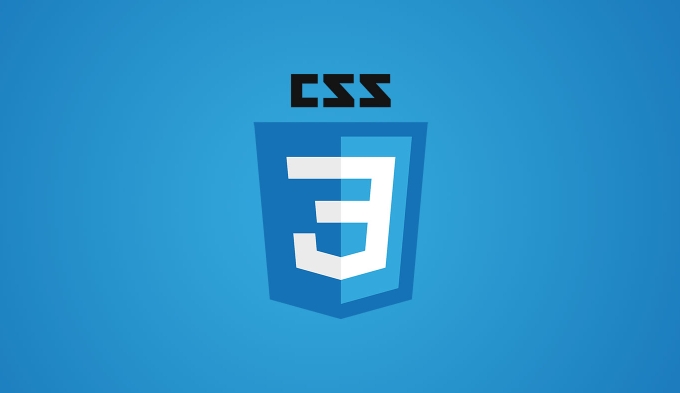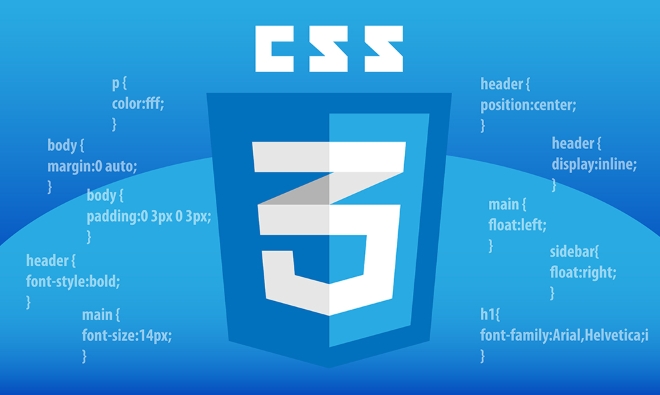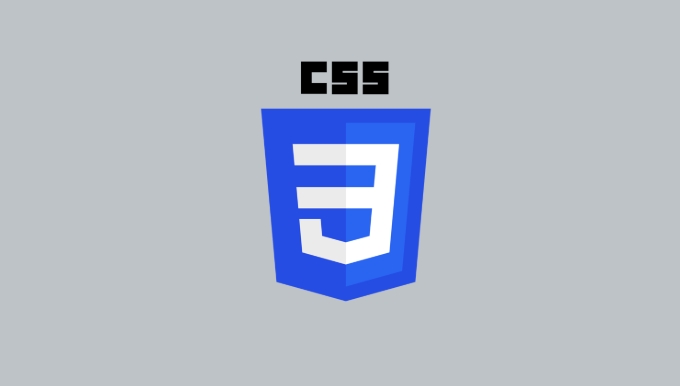Optimizing CSS performance can improve loading speed and user experience. Specific methods include: 1. Reduce the complexity of selectors, replace multi-level nesting with class names, and avoid wildcards and excessive pseudo-class combinations; 2. Compress and merge CSS files, and use tools such as CSSNano to delete redundant content; 3. Prioritize loading of critical CSS and delay loading of non-critical styles; 4. Regularly check and delete unused redundant styles, and use DevTools and PurgeCSS to assist in cleaning.

When writing CSS, people often pay more attention to whether the style is correct and whether the layout is beautiful, but few people consider performance and file size first. In fact, optimizing CSS can not only improve page loading speed, but also reduce server pressure, which is also helpful to the user experience. Let’s start from several practical perspectives and talk about how to make CSS lighter and faster without sacrificing functions.

Reduce selector complexity
Many people are accustomed to nesting many layer selectors in CSS, such as structures such as .header .nav .menu li a . Although style control can be achieved, browser parsing such complex selectors need to be matched "from right to left". The more levels, the longer the parsing time.

suggestion:
- Use class names instead of multi-level nesting
- Avoid using wildcard selectors (such as
*) - Try to avoid using property selectors or too many combinations of pseudo-classes
For example, instead of writing:

.header .nav ul li a {
color: #333;
}Why not add a class to the link directly:
.nav-link {
color: #333;
}This not only makes the code clearer, but also makes it easier to maintain.
Compress and merge CSS files
During the development stage, we usually split CSS into multiple files according to modules for easy management. But before going online, it is best to merge these files into one and compress them. Because each additional CSS request will increase HTTP overhead, and the compressed file size can be reduced a lot.
Operation suggestions:
- Use tools such as CSSNano or PostCSS plug-ins to compress
- Merge multiple CSS files into one main stylesheet
- Remove useless comments, spaces, and repeat styles
If you are using build tools, such as Webpack or Vite, you usually have related plug-ins built in, just simple configuration.
Prioritize loading with critical CSS
When rendering the page on the first screen, if the CSS is too large, the user may see blank or unstyled content, which will affect the experience. One solution is to extract the critical CSS (Critical CSS), which is the style that must be used during the first access, first load this part, and the remaining asynchronous load or delay loading.
Common practices:
- Extract critical CSS using tools such as Penthouse
- Dynamically insert non-critical CSS through JavaScript or delay loading in
<link rel="stylesheet" media="print"> - Use
rel="preload"to load the main CSS resource in advance
This method is especially useful for mobile devices, because the network environment is unstable, and loading faster can improve a lot of experience.
Avoid redundant styles and duplicate rules
During the development process, it is easy to repeatedly define the same class, or write the style but not be used. These redundant contents will make the CSS file larger and larger, but have no practical effect.
Inspection method:
- Use Chrome DevTools' Coverage feature to see which CSSs are not used
- Automatically delete unused styles with tools such as PurgeCSS
- Regularly clean up abandoned component styles in projects
For example, if you find that a button .btn-primary has been defined three times, and the color is different each time, then you must unify the specifications and delete the excess version.
Basically that's it. CSS optimization is not as conspicuous as JS, but it does affect overall performance. Not complicated, but easy to ignore.
The above is the detailed content of Optimizing CSS performance and file size. For more information, please follow other related articles on the PHP Chinese website!

Hot AI Tools

Undress AI Tool
Undress images for free

Undresser.AI Undress
AI-powered app for creating realistic nude photos

AI Clothes Remover
Online AI tool for removing clothes from photos.

Clothoff.io
AI clothes remover

Video Face Swap
Swap faces in any video effortlessly with our completely free AI face swap tool!

Hot Article

Hot Tools

Notepad++7.3.1
Easy-to-use and free code editor

SublimeText3 Chinese version
Chinese version, very easy to use

Zend Studio 13.0.1
Powerful PHP integrated development environment

Dreamweaver CS6
Visual web development tools

SublimeText3 Mac version
God-level code editing software (SublimeText3)

Hot Topics
 How can I include CSS only on some pages?
Jun 11, 2025 am 12:01 AM
How can I include CSS only on some pages?
Jun 11, 2025 am 12:01 AM
There are three ways to selectively include CSS on a specific page: 1. Inline CSS, suitable for pages that are not frequently accessed or require unique styles; 2. Load external CSS files using JavaScript conditions, suitable for situations where flexibility is required; 3. Containment on the server side, suitable for scenarios using server-side languages. This approach can optimize website performance and maintainability, but requires balance of modularity and performance.
 Flexbox vs Grid: Understanding the Key Differences in CSS Layout
Jun 10, 2025 am 12:03 AM
Flexbox vs Grid: Understanding the Key Differences in CSS Layout
Jun 10, 2025 am 12:03 AM
Flexboxisidealforone-dimensionallayouts,whileGridsuitstwo-dimensional,complexlayouts.UseFlexboxforaligningitemsinasingleaxisandGridforprecisecontroloverrowsandcolumnsinintricatedesigns.
 Creating an Auto-Closing Notification With an HTML Popover
Jun 10, 2025 am 09:45 AM
Creating an Auto-Closing Notification With an HTML Popover
Jun 10, 2025 am 09:45 AM
The HTML popover attribute transforms elements into top-layer elements that can be opened and closed with a button or JavaScript. Popovers can be dismissed a number of ways, but there is no option to auto-close them. Preethi has a technique you can u
 What is 'render-blocking CSS'?
Jun 24, 2025 am 12:42 AM
What is 'render-blocking CSS'?
Jun 24, 2025 am 12:42 AM
CSS blocks page rendering because browsers view inline and external CSS as key resources by default, especially with imported stylesheets, header large amounts of inline CSS, and unoptimized media query styles. 1. Extract critical CSS and embed it into HTML; 2. Delay loading non-critical CSS through JavaScript; 3. Use media attributes to optimize loading such as print styles; 4. Compress and merge CSS to reduce requests. It is recommended to use tools to extract key CSS, combine rel="preload" asynchronous loading, and use media delayed loading reasonably to avoid excessive splitting and complex script control.
 How to use Lotties in Figma
Jun 14, 2025 am 10:17 AM
How to use Lotties in Figma
Jun 14, 2025 am 10:17 AM
In the following tutorial, I will show you how to create Lottie animations in Figma. We'll use two colorful designs to exmplify how you can animate in Figma, and then I'll show you how to go from Figma to Lottie animations. All you need is a free Fig
 Breaking Boundaries: Building a Tangram Puzzle With (S)CSS
Jun 13, 2025 am 11:33 AM
Breaking Boundaries: Building a Tangram Puzzle With (S)CSS
Jun 13, 2025 am 11:33 AM
We put it to the test and it turns out Sass can replace JavaScript, at least when it comes to low-level logic and puzzle behavior. With nothing but maps, mixins, functions, and a whole lot of math, we managed to bring our Tangram puzzle to life, no J
 External vs. Internal CSS: What's the Best Approach?
Jun 20, 2025 am 12:45 AM
External vs. Internal CSS: What's the Best Approach?
Jun 20, 2025 am 12:45 AM
ThebestapproachforCSSdependsontheproject'sspecificneeds.Forlargerprojects,externalCSSisbetterduetomaintainabilityandreusability;forsmallerprojectsorsingle-pageapplications,internalCSSmightbemoresuitable.It'scrucialtobalanceprojectsize,performanceneed
 Does my CSS must be on lower case?
Jun 19, 2025 am 12:29 AM
Does my CSS must be on lower case?
Jun 19, 2025 am 12:29 AM
No,CSSdoesnothavetobeinlowercase.However,usinglowercaseisrecommendedfor:1)Consistencyandreadability,2)Avoidingerrorsinrelatedtechnologies,3)Potentialperformancebenefits,and4)Improvedcollaborationwithinteams.






